
Nature is full of wonder, but encounters with wild animals can be dangerous if you’re unprepared. Whether you’re trekking through a forest, swimming in the ocean, or simply enjoying the outdoors, knowing how to respond to wildlife is crucial. These 13 expert-backed tips can help you stay safe in a variety of situations.
1. Bears
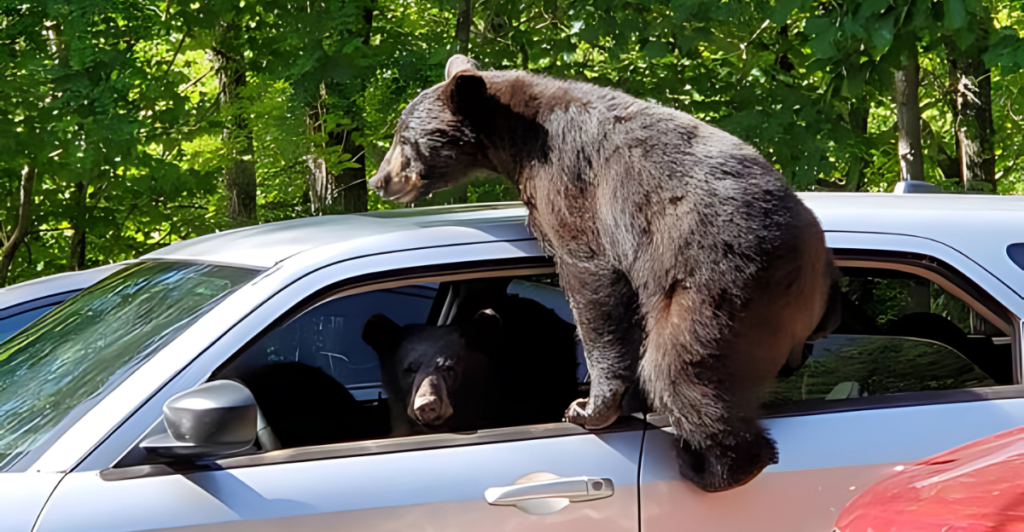
Black bears are widespread across North America, while brown bears reside in northern forested regions, and polar bears are exclusive to Alaska. Bears aren’t naturally aggressive, but if threatened, they may attack. Carry bear spray, avoid hiking at dusk and dawn, travel in groups, and call out “Hey, bear!” to announce your presence. If you see a stationary bear, move away sideways while keeping an eye on it.
2. Cougars
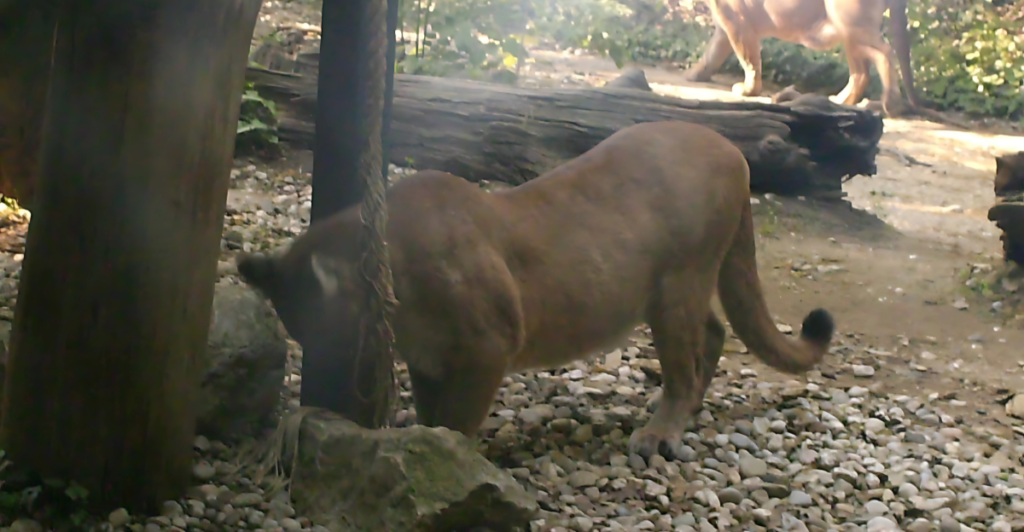
Cougars, also known as mountain lions or panthers, inhabit regions throughout the United States. Despite their intimidating size, they tend to avoid humans. If you encounter a cougar, stand tall, maintain eye contact, and back away slowly without running to avoid triggering their instinct to chase.
3. Moose
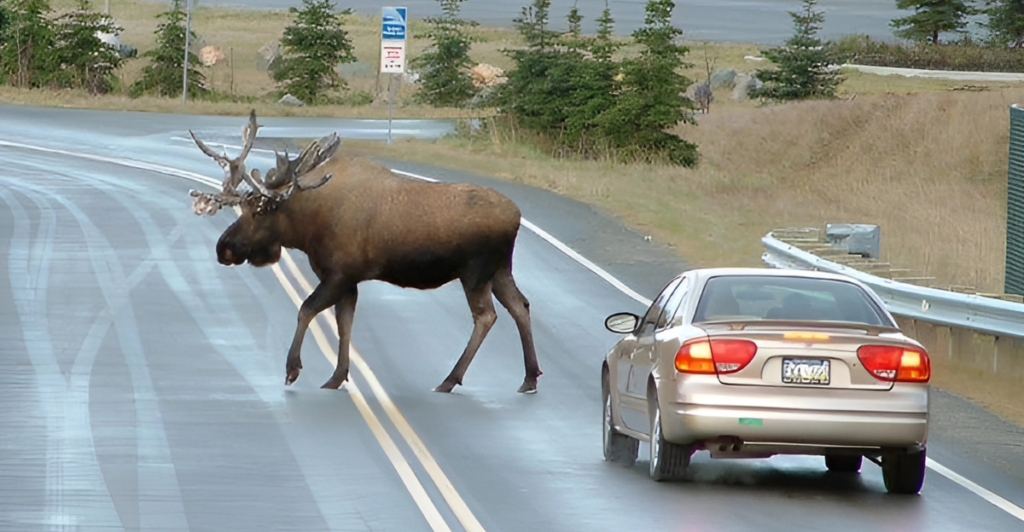
Found in the Northeast, Rocky Mountains, and Alaska, moose are massive creatures that can weigh up to 1,800 pounds. Typically solitary, they prefer to avoid confrontation. If a moose moves toward you, run away and use trees or rocks as barriers to shield yourself from harm.
4. Bison
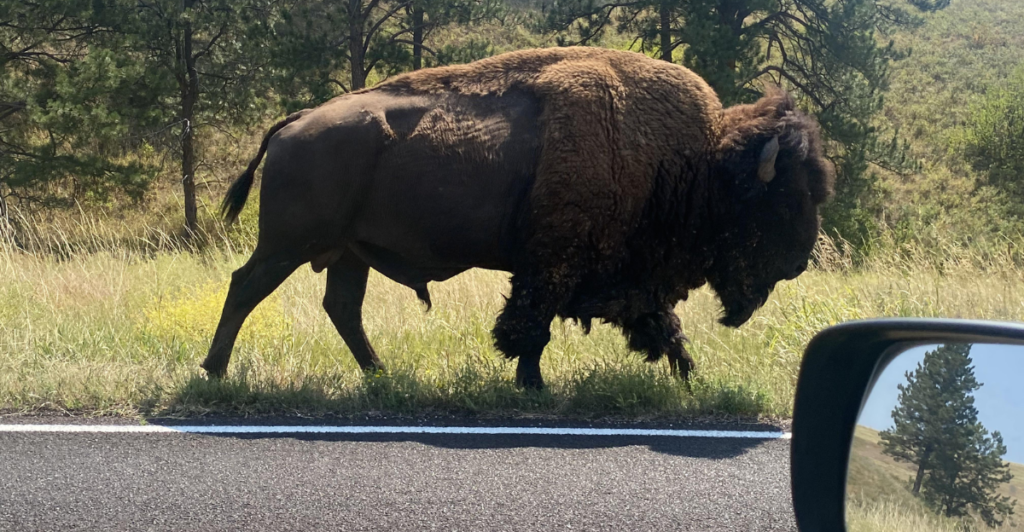
Inhabiting the Great Plains, bison are the largest land mammals in North America, capable of running at speeds of up to 40 miles per hour. If you encounter one, stay in your car or move away on foot without startling it. Make your presence known by calmly calling out as you back away.
5. Elk
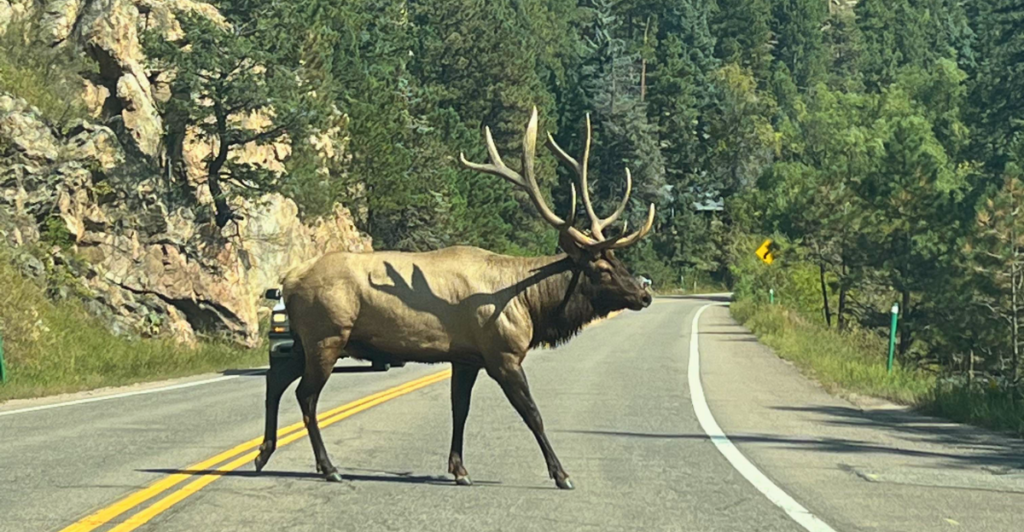
Elk primarily roam the western United States and can become aggressive if provoked, especially during mating or calving seasons. Avoid eye contact, move away slowly, and seek cover behind objects like boulders if chased. Stay vigilant during spring and fall when elk are most defensive.
6. Deer
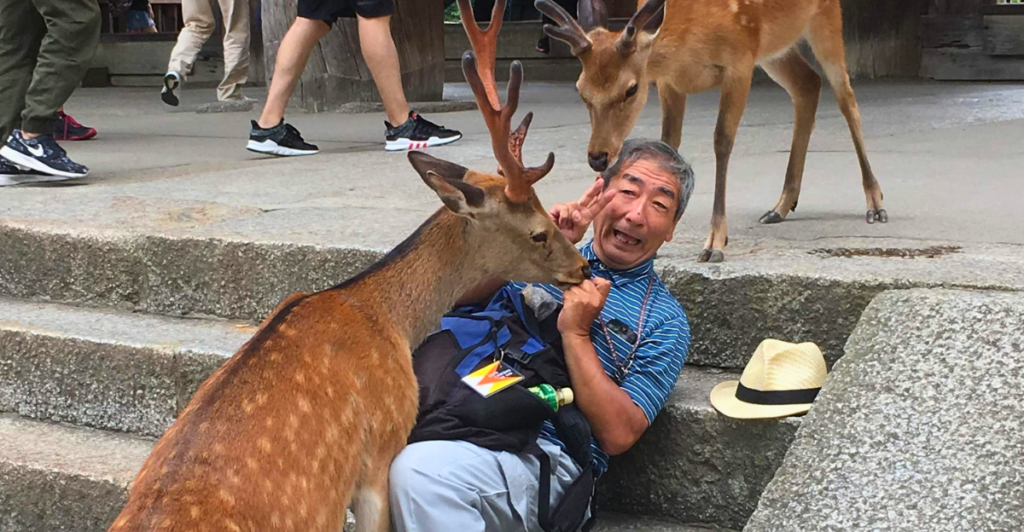
With widespread habitats, deer are commonly encountered across North America. During mating season, remain cautious. If a deer charges, place an obstacle between you and the animal. When driving in deer habitats, use high beams to avoid accidents.
7. Wild Boars
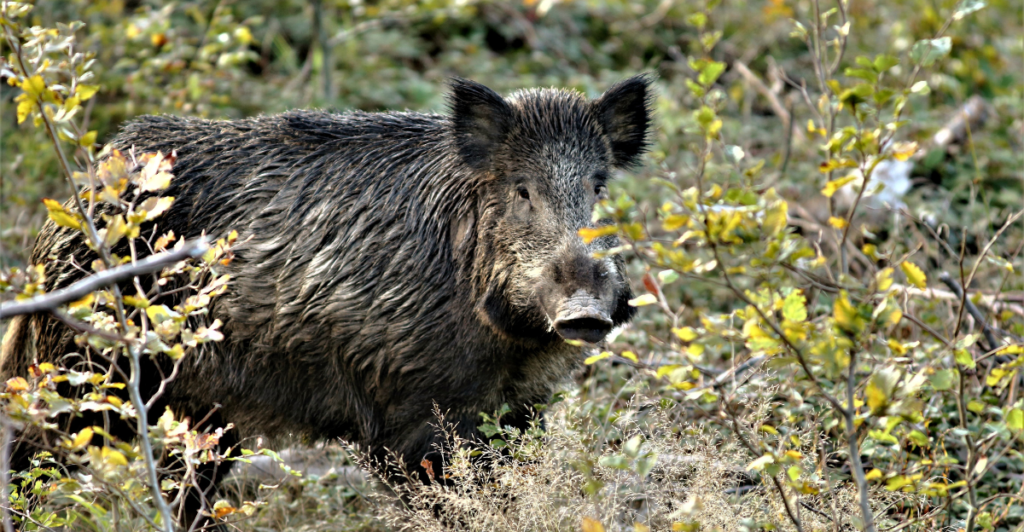
Feral swine, prevalent in southern states, poses ecological and health risks. Though not typically dangerous, they can carry numerous diseases. Avoid contact and report sightings to wildlife officials to prevent environmental damage and potential health concerns.
8. Snakes

If a snake follows you, stomp your feet to confuse it and create an escape opportunity. In case of a bite, wash the area with running water, apply a tourniquet, and seek emergency help. Most bites occur when people try to handle snakes, so avoid contact.
9. Coyotes

Coyotes are adaptable animals now found in cities and rural areas alike. If you see one, make yourself appear larger, yell, or throw small objects to scare it away. These actions will help maintain a safe distance.
10. Wolves
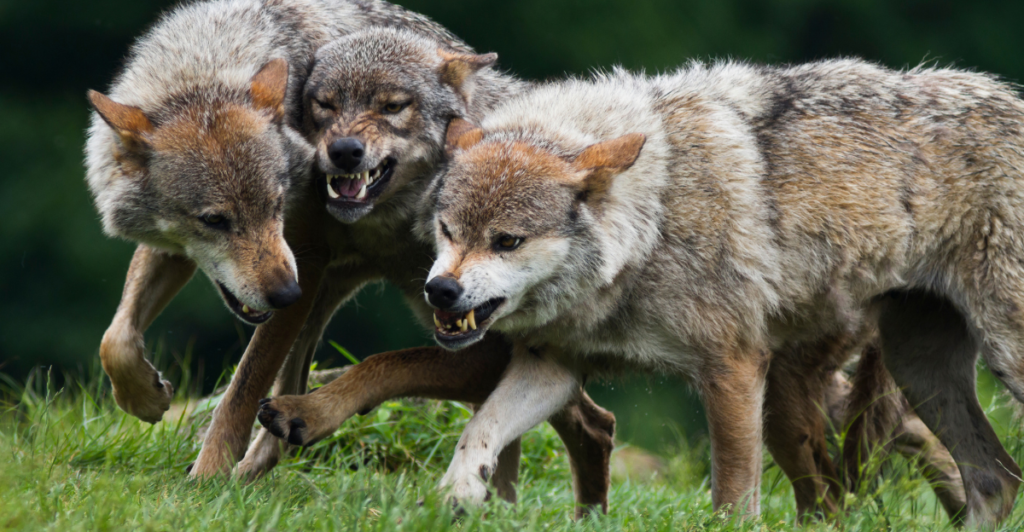
Once widespread, wolves are now limited to specific regions such as Alaska and Yellowstone. Though rarely aggressive toward humans, they may target pets or livestock. Stay calm, maintain eye contact, and back away slowly if you encounter one.
11. Crocodiles and Alligators

Alligators inhabit the southeastern U.S., while crocodiles are exclusive to Florida. If you see one on land, run away quickly. If attacked, aim for the eyes and throat, their most sensitive areas. If free, run away in a zigzag pattern, as their heavy bodies make sharp turns difficult. Avoid making noise in crocodile habitats to prevent drawing attention. In water, maintain a safe distance and remain quiet.
12. Sharks
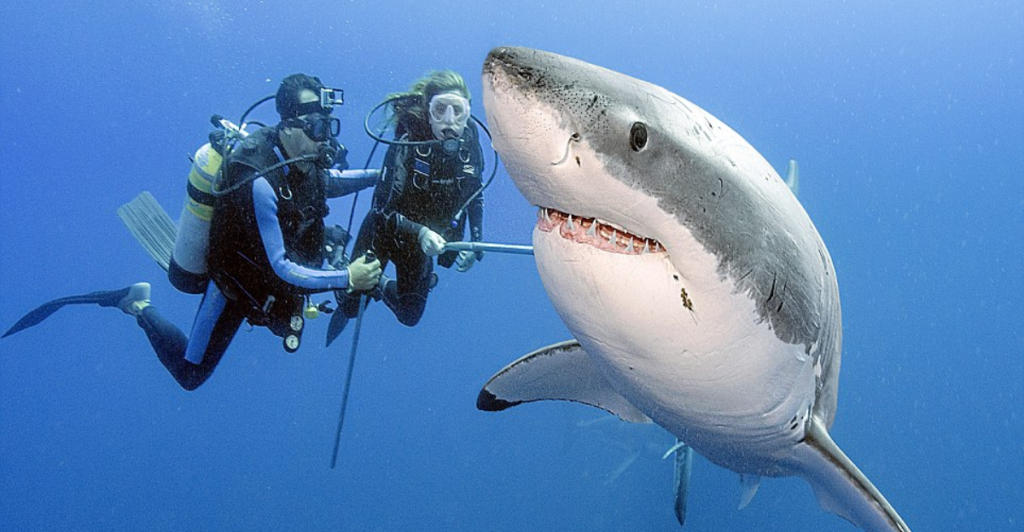
The good news is that only 20 of the 150 shark species attack humans. However, if a shark shows interest, it’s tough to escape. Avoid attracting sharks by keeping blood and urine out of the water, as sharks can detect these substances from miles away. If confronted, don’t panic or flee. Instead, move slowly and aim for the shark’s eyes and gills—the most sensitive areas.
13. Bees

Bees defend their hives aggressively, especially if provoked. Wearing dark clothing increases your chances of being stung, so avoid it near hives. If bees chase you, seek shelter in a dark place, as inadequate lighting confuses them. By following these expert tips, you can better handle unexpected wildlife encounters and safely enjoy the great outdoors.
Discover more of our trending stories and follow us to keep them appearing in your feed

11 Strongest Animals On Earth and Where to Find Them
12 Bold Animals That Have No Fear of Predators – Nature’s Underrated Fighters
Tips for Bringing an Outside Cat Inside Before the Winter Comes
Best 14 Dog Breeds to Terrify Intruders
Stay connected with us for more stories like this! Follow us to get the latest updates or hit the Follow button at the top of this article, and let us know what you think by leaving your feedback below. We’d love to hear from you!







